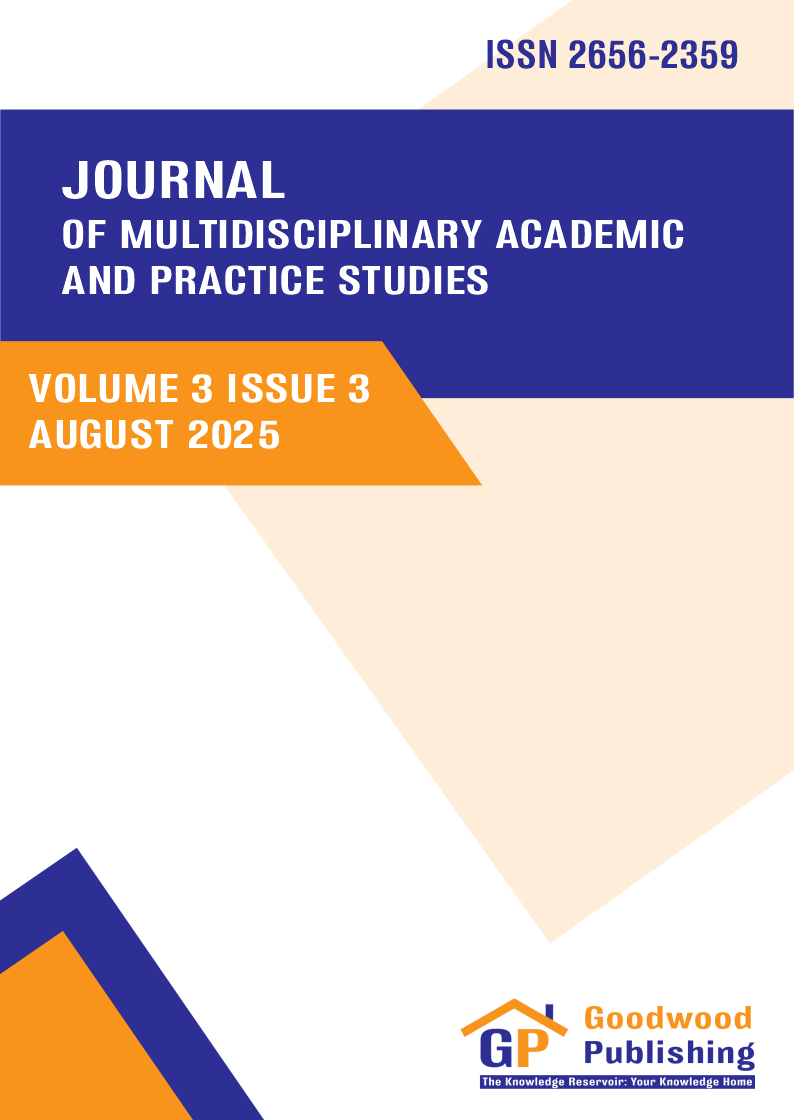Historical formation and types of corruption
Abstract:
Purpose: This study aims to examine the dangerous manifestations of corruption in state and public governance, identify its primary forms, and explore mechanisms for prevention and control based on international best practices.
Research Methodology: The research employs synergistic, dialectical, analytical, and comparative methods, alongside generalization, synthesis, and retrospective analysis, to classify corruption types and evaluate their socio-economic impacts.
Results: Findings reveal that corruption manifests prominently through state capture, business capture, bribery, patronage networks, and lobbying. Bribery, as both an economic incentive and a means of cost reduction, is identified as one of the most pervasive and damaging practices, undermining institutional trust, eroding legality, and fostering negative economic selection mechanisms. Preventive measures such as integrity standards in public service and competitive remuneration are found to mitigate risks effectively.
Conclusion: Corruption operates as both a structural and behavioral phenomenon that distorts governance, weakens legal frameworks, and promotes inequity. Combating it requires systemic reforms, enhanced transparency, societal oversight, and the institutionalization of integrity norms.
Limitations: The study focuses primarily on theoretical analysis and classification, with limited empirical validation from case-specific data.
Contribution: This research enriches the academic discourse on corruption by integrating a classification framework with socio-economic impact assessment, offering policy-relevant insights for anti-corruption strategies in governance systems.
Downloads

This work is licensed under a Creative Commons Attribution-ShareAlike 4.0 International License.

